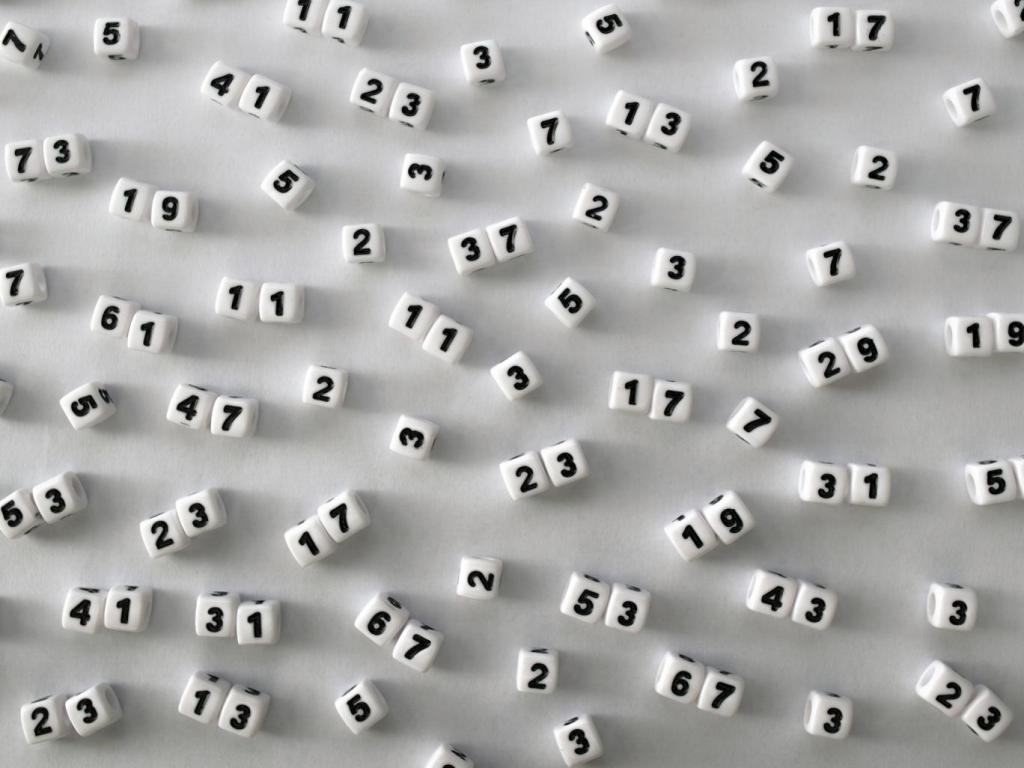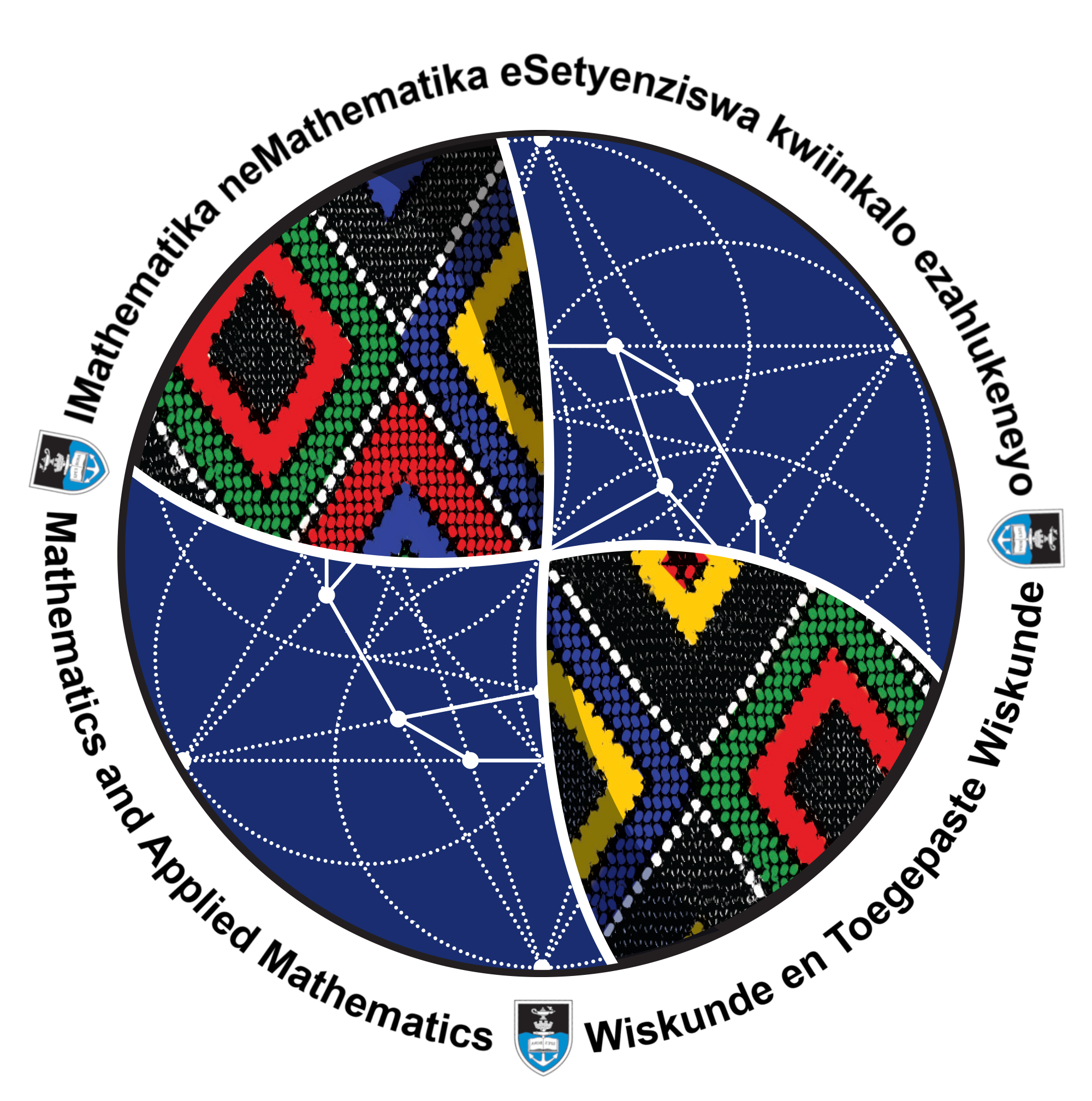Maths experts stunned as they crack a pattern for prime numbers

Primes - numbers greater than 1 that are divisible only by themselves and 1 – are considered the ‘building blocks’ of mathematics, because every number is either a prime or can be built by multiplying primes together - (84, for example, is 2x2x3x7).
Their properties have baffled number theorists for centuries, but mathematicians have usually felt safe working on the assumption they could treat primes as if they occur randomly.
Now, however, Kannan Soundararajan and Robert Lemke Oliver of Stanford University in the US have discovered that when it comes to the last digit of prime numbers, there is a kind of pattern.
Apart from 2 and 5, all prime numbers have to end in 1, 3, 7 or 9 so that they can’t be divided by 2 or 5. So if the numbers occurred randomly as expected, it wouldn’t matter what the last digit of the previous prime was. Each of the four possibilities – 1, 3, 7, or 9 – should have an equal 25 per cent (one in four) chance of appearing at the end of the next prime number.
But after devising a computer programme to search for the first 400 billion primes, the two mathematicians found prime numbers tend to avoid having the same last digit as their immediate predecessor – as if, in the words of Dr Lemke Oliver they “really hate to repeat themselves.”
